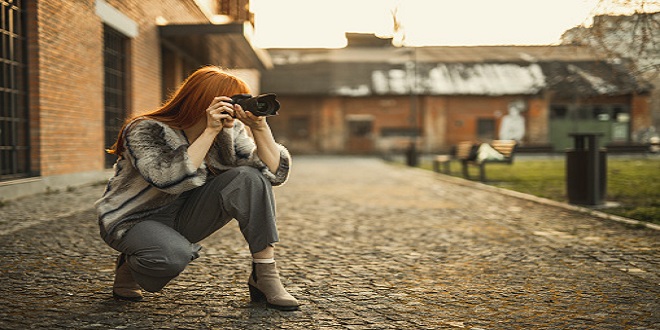Twelve Lessons in Smart Beauty Shopping

Choosing a new beauty product is an exciting, rewarding process. Many of us, including me, buy a new lipstick or moisturizer as a reward. How many times have you bought a lip-gloss to treat yourself for weeklong abstinence from some of life’s guilty pleasures (such as ice cream, booze, bickering with in-laws, online gaming, eBay hunting, or too much impulse shopping)? I cannot count how many pretty rose lippies I have collected this way. Each one is like a badge of honor, and I cherish them.
Scan Ingredients Lists with Graceful Ease
The best way to shop for skincare products is to become ingredient-wise. You have to stop being afraid of the fine print and learn to read product labels to determine good and bad product ingredients, so you can select skincare products that are most beneficial for you. Quickly scanning the ingredients list for offending substances is probably the most important skill you have to master.
Being able to quickly decipher the ingredients list instead of listening to a salesperson’s chatter will save you money, time, and frustration. I have long lost count of how many times a salesperson offered me “completely natural” stretch mark butter or eye cream, even while the ingredients list was bursting with parabens, PEGs, and formaldehyde preservatives.
Read Also: best collagen supplements
Understand What You Are Paying For
Before you ever reach for your hard-earned cash, keep this in mind: of every dollar paid for mass-market skincare, sixty cents goes to the manufacturer and forty cents goes to the retailer. No matter what you buy—a pair of jeans or a lawnmower—the proportion remains pretty much the same.
Manufacturers pay for production, packaging, storage, and transportation. For eighteen cents, they hire smart marketing advisers who tell them how to make women pay $50 for 1 ounce of petrochemicals, preservatives, and synthetic fragrances. These marketing geniuses hire teenage models or starlets to market the product to forty-year-olds.
Eleven cents goes toward packaging: a team of artists is picked to design a stylish, expensive-looking bottle. Two cents pays for interest and other boring things, and eighteen cents pays salaries and covers administrative expenses. The retailer pays the rent, designs attractive window displays, and gives gift bags to the media to make them write about the new store event. Forty cents pays salaries to salespeople, bookkeepers, and security guys. Welcome to studycrumb.com for useful information





